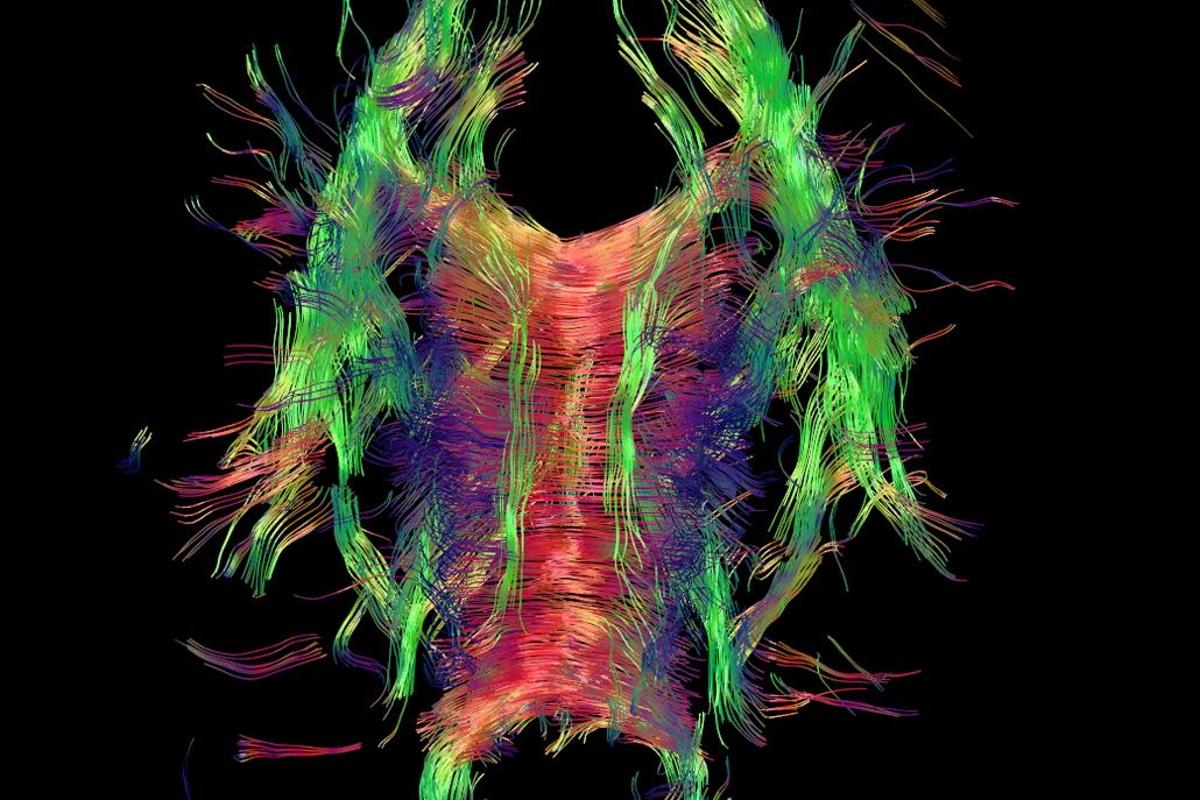Utilizing a recently-developed technique called HARDI (High Angular Resolution Diffusion Imaging), researchers at the Eindhoven University of Technology have created a software tool that could reduce the need for exploratory brain surgery. The new technology converts MRI scans of the brain into three-dimensional images, which provide neurologists with a “road map” of the wiring of a patient’s brain.
Up until now, it has been difficult to establish where the nerve bundles were in patients’ brains, and where those bundles intersected. It is very important for neurologists to know this information, both to avoid damaging the nerve bundles, and to know where to target when using deep brain stimulation to treat conditions such as Parkinson’s disease.
“With this new tool, you can determine exactly where to place the stimulation electrode in the brain,” said Eindhoven’s Prof. Bart ter Haar Romenij. “The guiding map has been improved: because we now see the roads on the map, we know better where to stick the needle.”
Being able to actually see 3D images of the brain’s wiring could also provide fresh insights into neurological and psychiatric disorders.
Development of the system was led by researcher Anna Vilanova. She is now working on validating the system, to prove that what it displays matches what is actually in the patient’s brain. Vilanova is also working on reducing the amount of time that the software needs to complete an MRI scan, which currently sits at one hour.
She expects that the technology could be ready for practical use within a few years.





